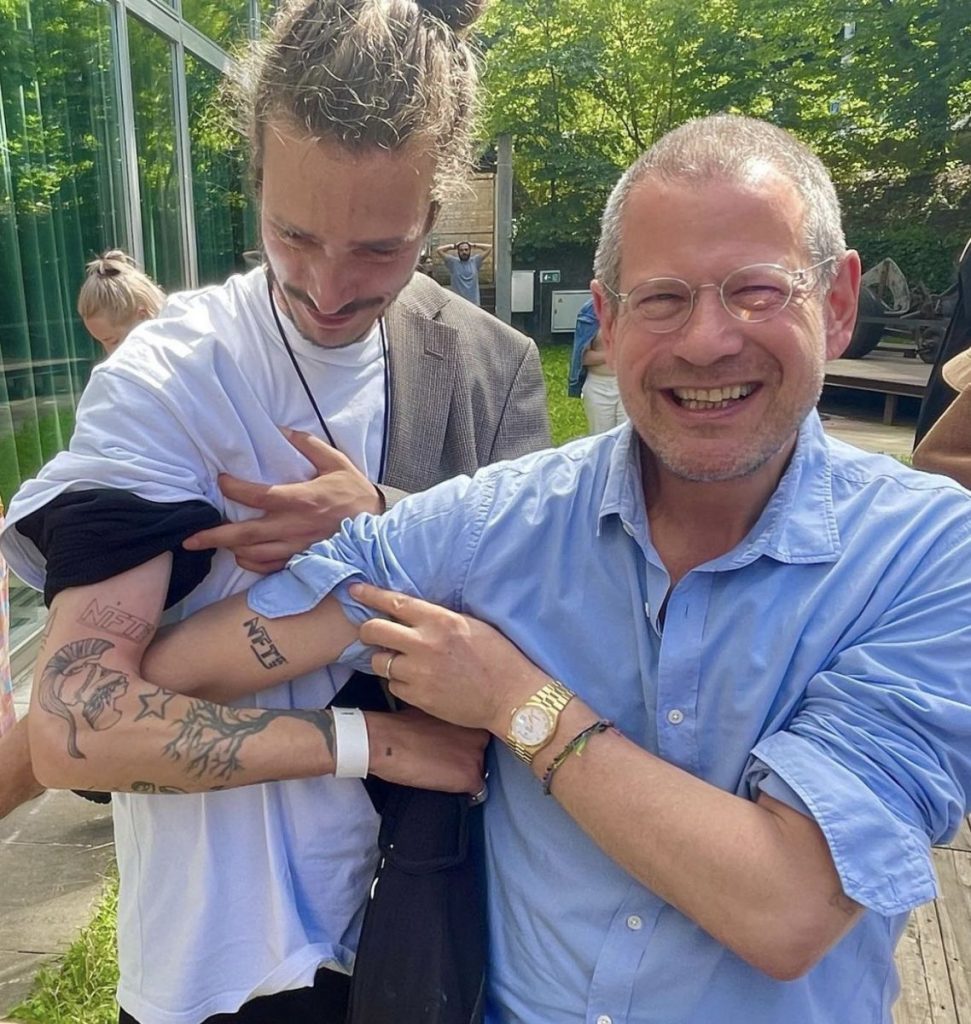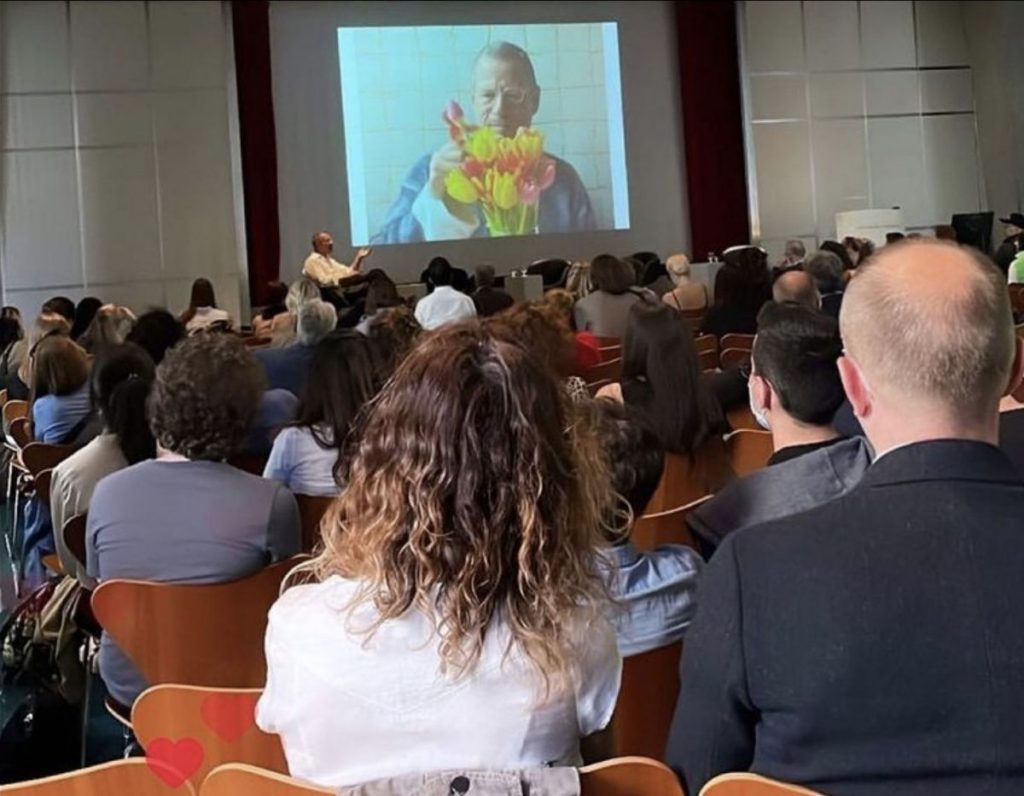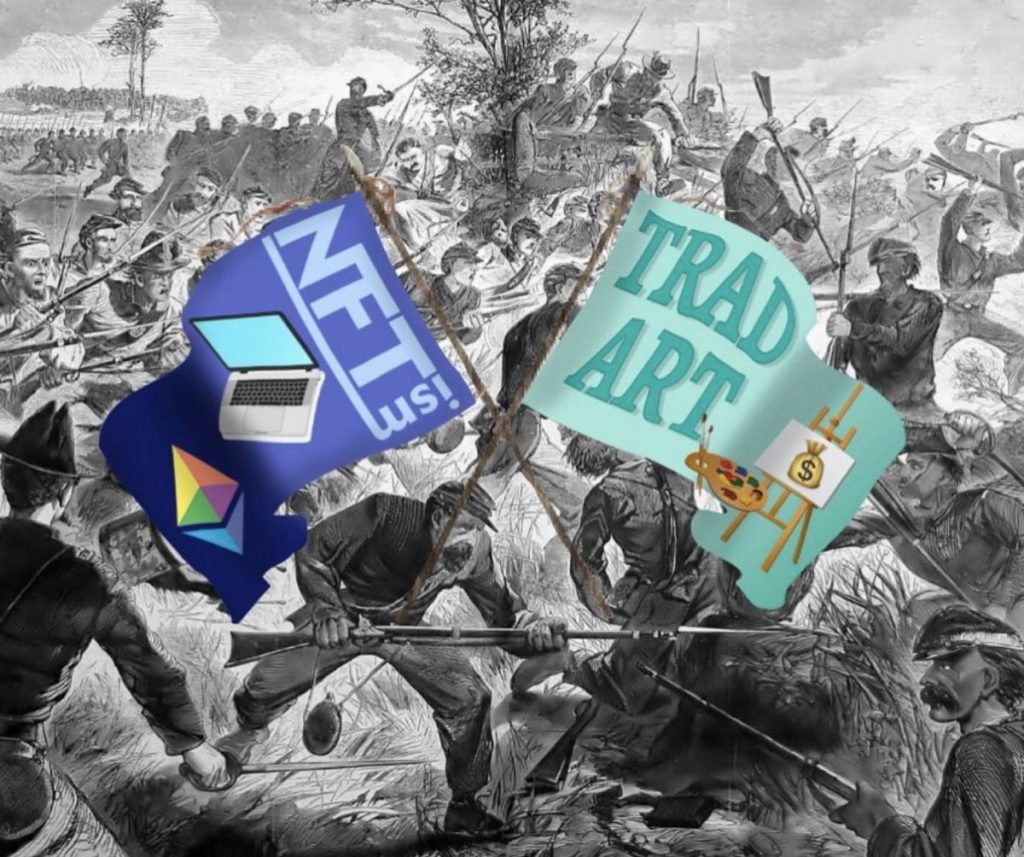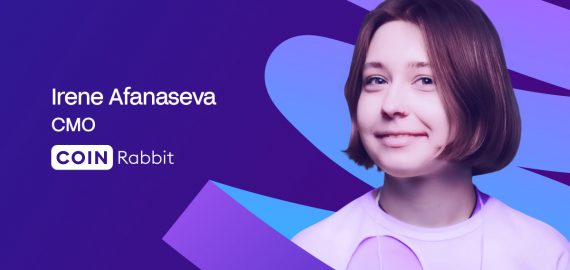Get acquainted with Kenny Schachter, a prominent player in the art world and a leading voice in the NFT movement.

Kenny Schachter has donned many hats during his thirty-year journey since leaving Long Island. As an artist, writer, collector, and curator, he has become well-known in various circles. In recent months, Sotheby’s dubbed him the 'enfant terrible' of the art world, recognizing his impact. ARTNews Many now recognize Schachter as an artist, a title he cherishes, evident by the tattoo on his arm that reads 'NFT-ism.' NFT crusader With over three decades of experience, he has organized contemporary art exhibitions worldwide and taught art history and economics at prestigious institutions like the University of Zurich and SVA. Schachter is perhaps most renowned for his incisive columns reporting on art market trends for Artnet, where his keen insights and sharp wit have garnered significant attention. Notably, he has called out anonymous auction bidders and wrongdoers in the art world, including former associate and fraudulent dealer Inigo Philbrick, sometimes leading to real-life confrontations.
Way back in September 1996, Schachter was the central figure in a piece discussing the rise of 'Do-It-Yourself' art dealers who broke conventional norms by curating their own exhibitions in vacant locations throughout downtown Manhattan. People often label Schachter with names they themselves find objectionable, but many forget he first and foremost identifies as an artist. galleries and exhibitions A noteworthy New York Times article from 1996 notes that Schachter's favored artworks often display a certain raw intensity, akin to his own creative endeavors, which span from sound and video projects to digitally altered photographs. His work frequently grapples with themes of transience, mortality, and decay, a resonance stemming from a personal tragedy witnessed at the tender age of 13 when he watched his mother succumbing to a brain tumor.
He even made the cover of The New York Times Magazine Now Schachter has transitioned to a new chapter in his career. Evolving from a provocateur to a respected figure, he is now involved in curating exhibitions for galleries such as Galerie Nagel Draxler while also sharing his insights at art fairs and universities globally. Metaverse Post caught up with him during a brief interlude between his numerous speaking events to discover more about his evolving role as both a journalist and an artist.
Schachter's journey into the world of NFTs began in September 2020, a pivotal moment ignited by a conversation he had with a mutual acquaintance from the crypto domain. 'She was the one who first introduced me to the concept of NFTs,' Schachter recalled. 'While I didn’t completely grasp it at the time, I understood it was a means for digital artists to monetize their creations in mainstream markets.'
His breakthrough came in December 2020 when he sold several pieces for a total of $4,000. Yet, Schachter candidly admitted to Metaverse Post that this accomplishment feels like a relic from a distant era in NFT time. While this event broadened his horizons, he focused primarily on tangible advantages. He reflected that his artistic practice before NFTs was 'virtually indistinguishable from my work after NFTs—largely involving videos and computer-generated imagery dating back to the early '90s.' He did not change his style but instead continued to showcase whatever projects he was developing at the time. As Schachter puts it, 'art is simply art.' NFT exhibitions 'The evolution of my work remains unchanged,' he elaborated further. 'I continue to produce regardless of the emergence of a new digital marketplace; the difference is that I’ve managed to sell my artwork in the past couple of years, something I hadn’t achieved in over thirty years.' Indeed, NFTs haven't altered his perspective on art significantly; rather, they have finally helped video art and other mediums begin to earn recognition similar to traditional painting.
According to an article from the Observer During a conversation with the Observer last summer, Schachter expressed, 'If a whole new generation of collectors, one that had never participated in the art market, finds itself faced with an array of digital art options, you would anticipate a frenzy to acquire it. Yet it stirred up so much animosity! The disputes escalated to the point that I'm still facing threats from individuals who are incensed over my defense of NFTs.' NFTs Subsequent articles have sought to unravel Schachter's true desires. Following his presentation at the upscale Independent Art Fair in SoHo, an inquiry from ArtNews pondered whether he sought financial gain or simply attention. There’s a distinction to be made between a search for recognition that attempts to fill an inner void and one that seeks a platform or resources. It seems Schachter's quest leans toward the latter, and he undoubtedly possesses significant ideas to convey.
Schachter tried uploading his own artwork to the NFT platform NiftyGateway Schachter actively engages with students in Zurich, sharing his thoughts on 'Eating the Bubble.'
He recently minted a photo that conveys this concept to 'showcase the accessibility of this medium and the lack of barriers preventing creatives from engaging with it.' He also created an NFT titled 'Eating Tulips,' where he literally devoured a dozen tulips as a metaphor indicating that centuries after the tulip mania of the mid-17th century, we still place value on tulips. 'Naturally, not as much as we would a lavish chalet,' he quipped. 'Bubbles are often hard to pin down, yet there will always be pockets of overpriced assets lurking in the market.' digital art In an influential discussion at an NFT panel during EXPO Chicago this April, he underscored the amount of art concealed from public view, stored away in the dark corners of affluent individuals’ private collections. In contrast, NFTs allow the public to appreciate artworks even after they have been purchased.
For instance, SuperRare's inaugural exhibition at their SoHo pop-up featured pieces that were previously owned. Viewed through this perspective, it’s challenging to regard the pursuit of attention as inherently negative.
'I believe there's still a strong sentiment against NFTs; it almost feels like a global sport,' Schachter remarked to Metaverse Post. 'Except for those savvy enough to see the opportunities hidden in this landscape.' NYC Art Week in May What's on the horizon for this ever-active individual? 'I've just inked a deal with Rowman and Littlefield to co-author an NFT book alongside Renaissance expert Noah Charney, contributed an essay for a catalog at the Palazzo Strozzi Museum in Florence, and I'm featured in a comprehensive publication by Taschen,' Schachter revealed. 'Also, you'll want to check out this fantastic poem about the Metaverse that I posted on IG.'

He cited two favorite works so far: “ i tokenized my grandma blanche A complete issue of TIME magazine featuring Vitalik Buterin has now been made available for purchase on OpenSea. Eating the Bubble NYX Cosmetics presents a new NFT collection in honor of Pride Month.thWith the advent of NFTs, cultural elements and everyday currency are beginning to converge.
Please be advised that the content provided on this page is not meant to be interpreted as legal, tax, investment, financial, or any other form of professional advice. It’s crucial to invest only what you can afford to lose and to seek independent financial counsel if you're uncertain. For more information, we recommend reviewing the terms and conditions as well as the support pages from the issuer or advertiser. MetaversePost is dedicated to maintaining accurate and impartial reporting, but please be aware that market conditions can change without prior notice. art fair Vittoria Benzine, an art writer and personal essayist based in Brooklyn, focuses on contemporary art with an emphasis on human contexts, counterculture, and chaos magic, and contributes to publications like Maxim, Hyperallergic, and Brooklyn Magazine. Blum marks its one-year anniversary, celebrating with accolades for ‘Best GameFi App’ and ‘Best Trading App’ at the Blockchain Forum 2025. Resolving DeFi's fragmentation issue: A look at how Omniston is enhancing liquidity on TON.
Vanilla introduces 10,000x leverage super perpetuals on the BNB Chain. brands and speculators Collaboration between Solv Protocol, Fragmetric, and Zeus Network aims to launch FragBTC: Solana’s native yield-generating Bitcoin initiative.
Polygon kicks off its 'Agglayer Breakout Program' to foster innovation and distribute value to POL stakers. history of NFT art Exploring how cryptocurrency projects contribute to charitable efforts, from Ripple to The Big Green DAO.
Let's delve into initiatives that leverage digital currencies for philanthropic purposes.
Read related posts:
- With technologies like AI rapidly evolving, we witness transformations in healthcare, ranging from new genetic discoveries to advancements in robotic surgical systems.
- Examining the significance of Arbitrum’s new auction lane and its potential impact on the industry.
- Discover how Interlace is forging connections between cryptocurrency and traditional finance.
Disclaimer
In line with the Trust Project guidelines Gaining insight into CoinRabbit’s mission to simplify the crypto lending process.








